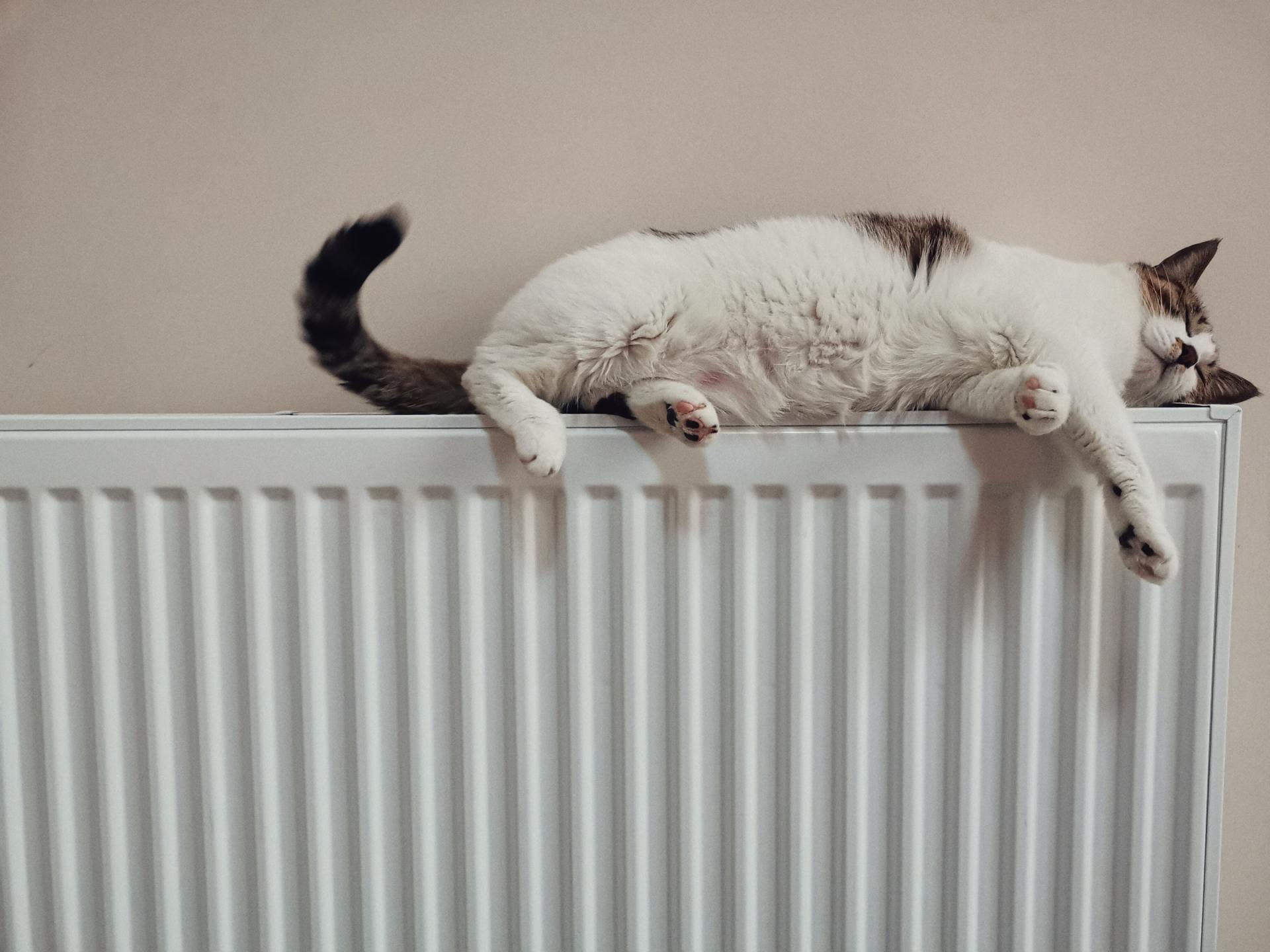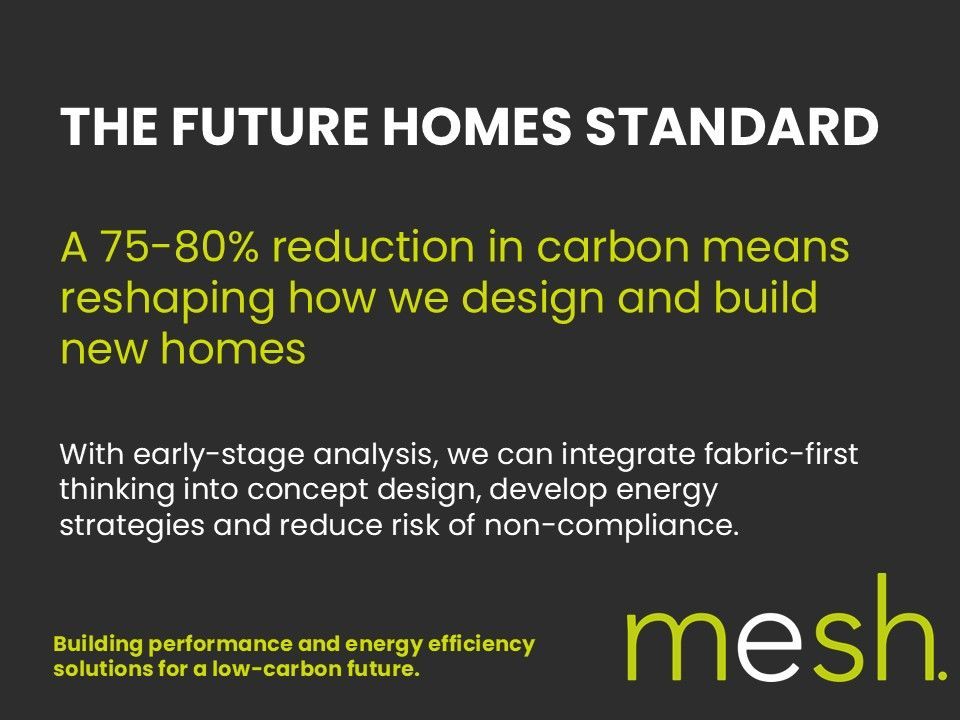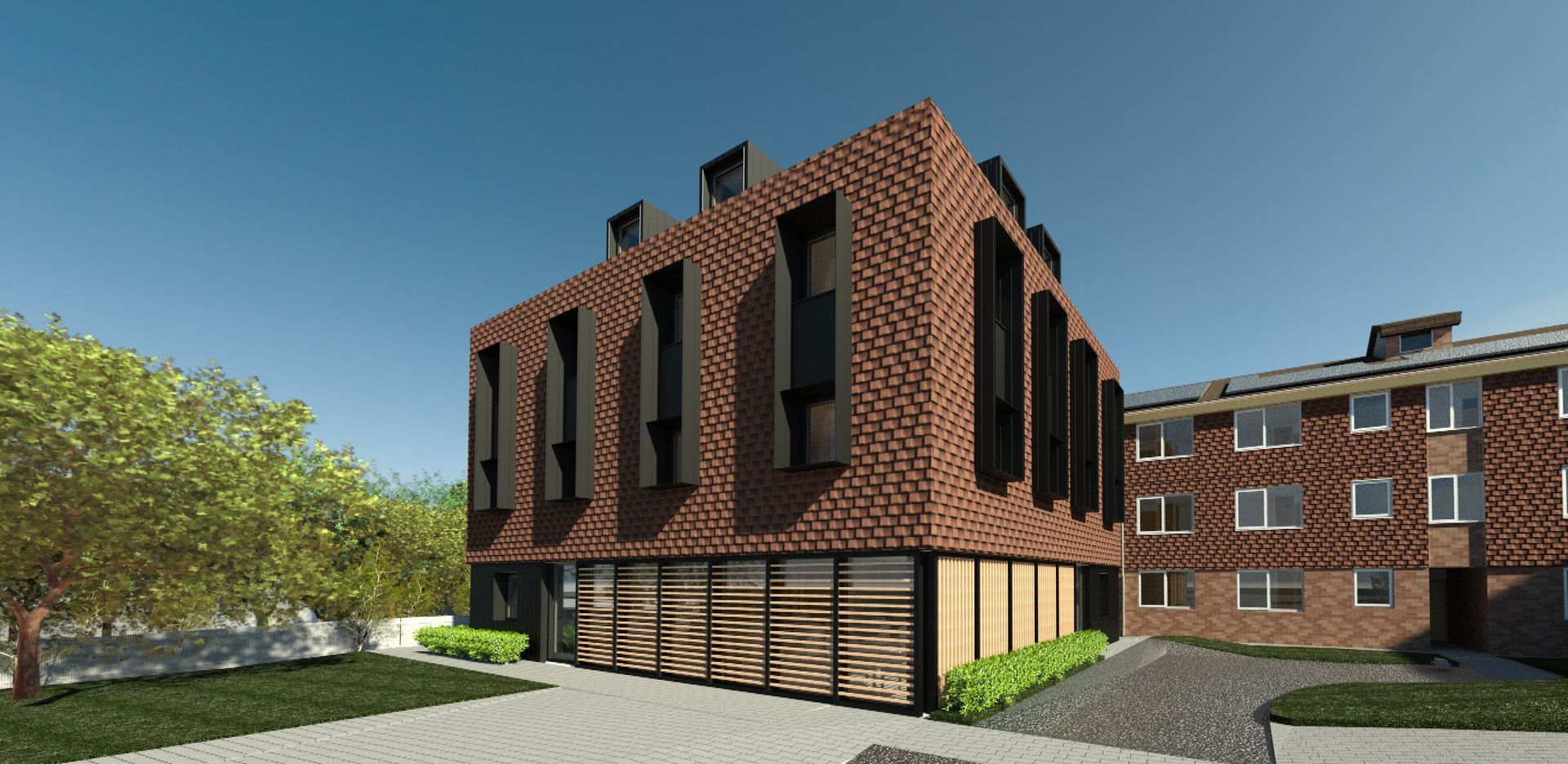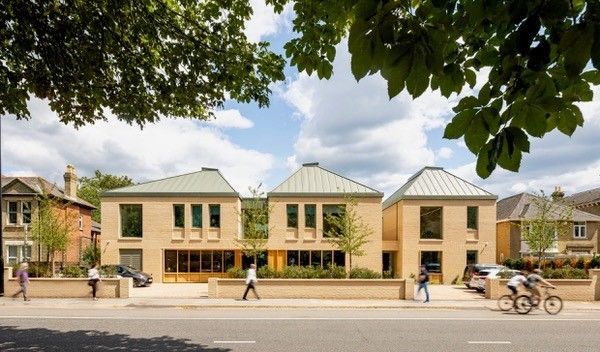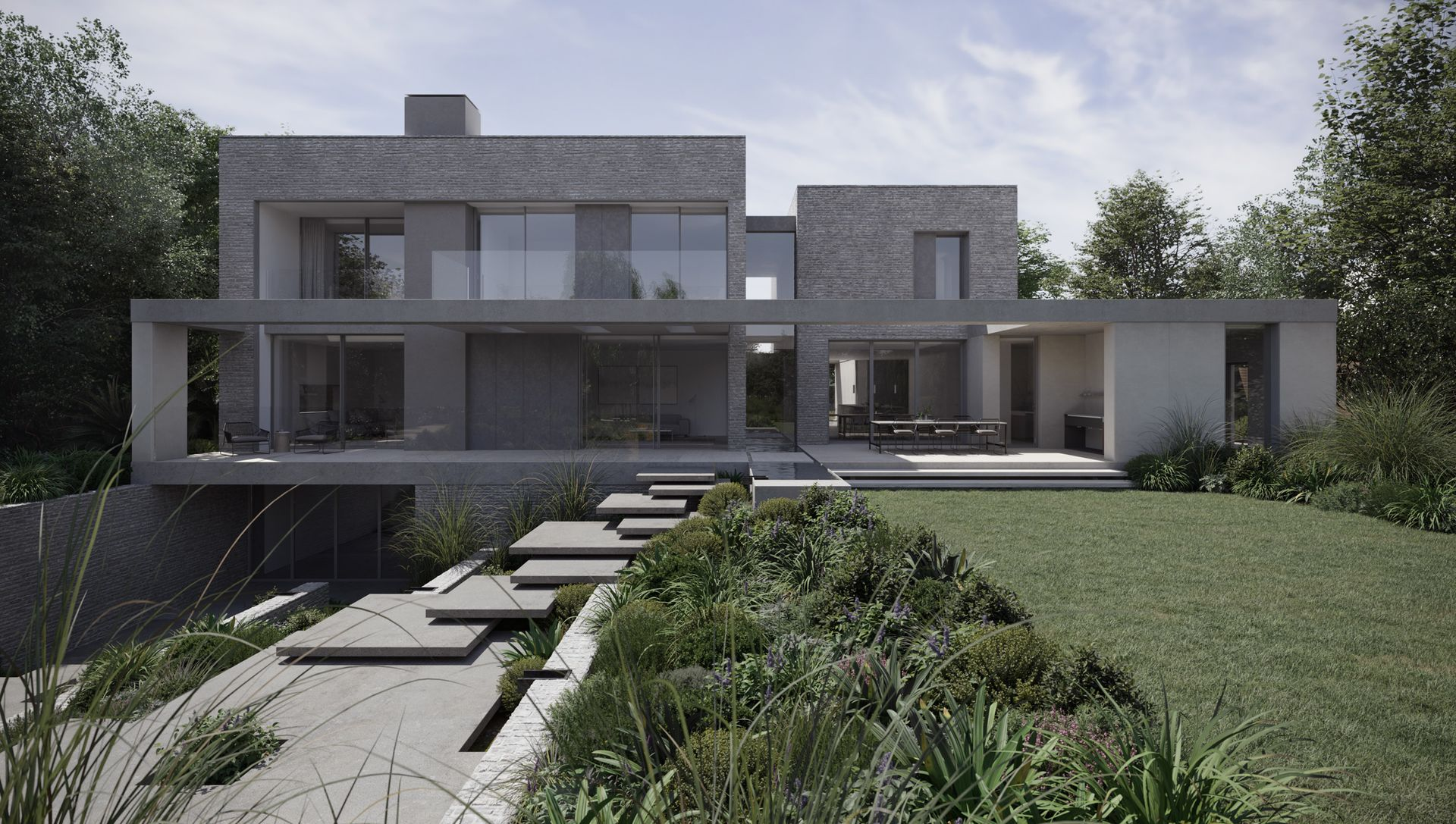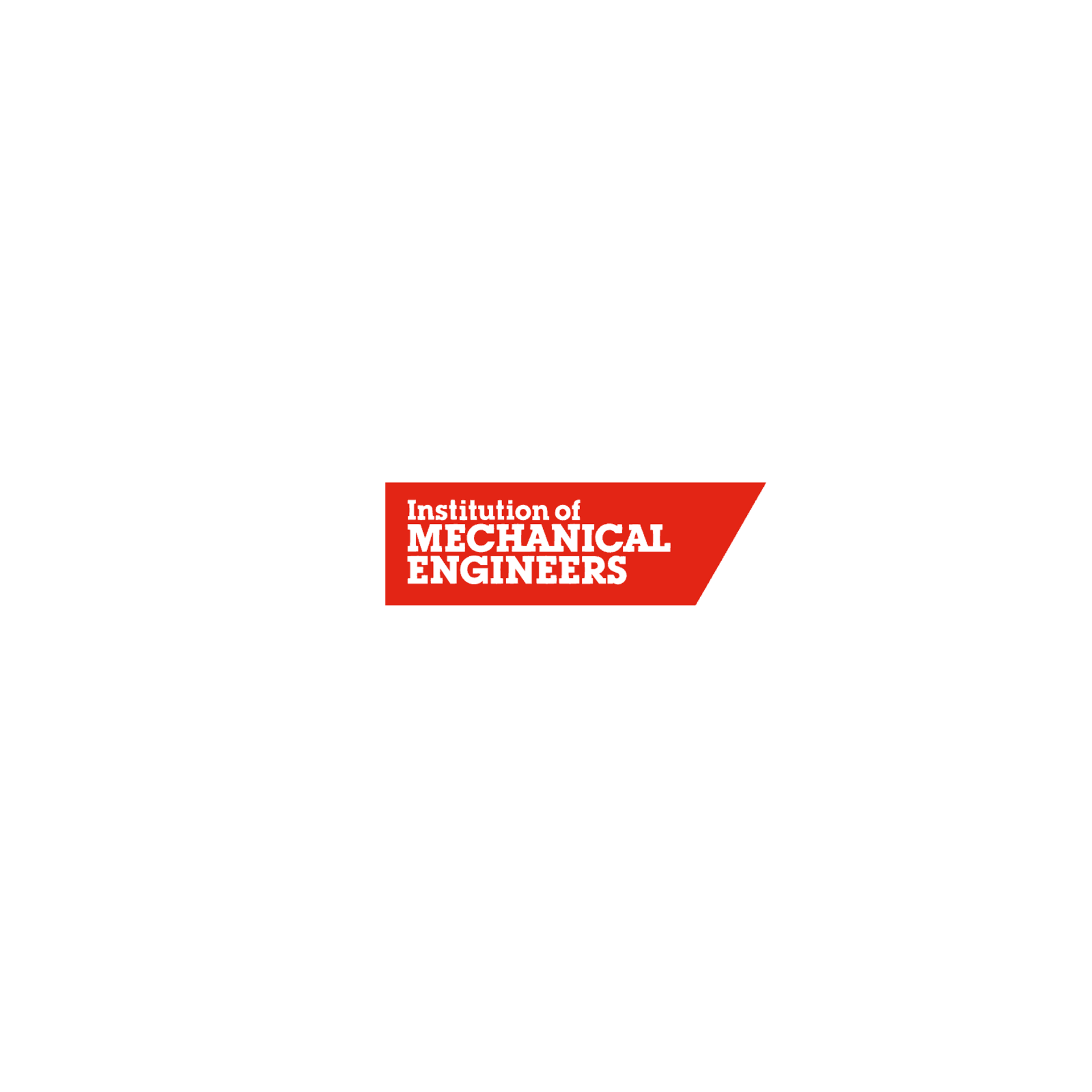Low flow temperature radiators: The next best thing? Mesh Energy explains
My post last week busted a load of common myths about underfloor heating systems. This week, I thought I would run through the next best option for buildings that simply can’t install such a system but want low running costs.
So, this week we’re looking at Low Flow Temperature Radiators. Let's dive in!
What if underfloor heating is not a viable option for your project?
If underfloor heating is not appropriate in your project, then you’ll be considering alternatives. This is especially true in retrofit applications where it does not make financial sense to tear up the floor and take out all the existing radiator plumbing.
Indeed, what if the floor construction of your existing home just can’t take the extra weight of underfloor heating? This is a common issue for those fitting ground or air source heat pumps to a property.
Heat pump systems require lower temperature heat emitters. Assuming lots of hard work has gone into insulating the building, the last thing you want to do is compromise the overall efficiency of the installation by putting in standard radiators which need an elevated flow temperature in order to keep the room warm during winter.
You have two solutions:
- Use a standard off-the-shelf steel radiator and considerably increase the radiator size.
- Invest in a highly efficient specialist compact low flow temperature radiator system.
Standard radiator sizing
Any plumber or heating engineer who knows his/her stuff will quickly tell you that reducing the temperature of your heating system will likely require larger radiators to be fitted.
In fact, radiators designed for a standard oil or gas heating system working at 70 degrees Celsius would have to more than double in size to heat a room using lower temperatures produced by a heat pump (nearer 45 degrees Celsius). Quite clearly not everyone is prepared to make this change.
So, what is the alternative?
Low flow temperature radiators
There are a few mainstream radiators on the market that fit the bill and allow underfloor flow temperatures to heat a room whilst retaining the same ‘wall print’ size as a traditional radiator.
Low flow temperature radiator designs take advantage of compact but highly efficient multiple small-bore pipe and a lightweight aluminium fin design to maximise the area emitting heat as well as the option for convection fans to boost output.
Jaga Strada (DBE)
Jaga manufacture the Strada range of powder coated low flow temperature radiators. The basic radiator is wall mounted, simple in design and is very easy to install.
For extra performance an optional ‘DBE’ unit can be bought which takes the form of a small PC fan cassette system that sits on the top of the heat exchanger and helps to draw air through the exchanger can be purchased. These are plug-and-play and again simple to install as well as offering basic boost and thermostatic control functionality whilst remaining whisper quiet.
Each radiator is custom made and takes about 6 weeks to arrive once the order is placed, as a result they could be considered a little on the pricey side. Nonetheless they are of a high quality and come in a massive array of colour choices too!
Dimplex SmartRad
The Dimplex offering is also sleek in design but differs notably from the Jaga product in that is has an inbuilt axial fan. As a result, the unit cannot function as a silent passive radiator.
The product comes in a number of standard sizes and has the option of being purchased with a matt white finish or a slightly more modern looking flat glass front panel. The product comes off the shelf with a basic thermostatic control, however an additional 7-day timer module can be purchased to help refine the operation and maximise cost savings.
In addition, both radiators benefit from extremely low water content ensuring that heating times are considerably reduced over a traditional, reducing the amount of energy needed by the heat pump or boiler to get the radiator up to temperature.
Both are extremely viable alternatives to oversizing pressed steel radiators, and successfully fill a growing niche in the retrofit market as old inefficient radiators make way for their ultra-efficient 21st century replacements.
We hope this post has helped to shed some light on low flow temperature radiators as a viable alternative to underfloor heating systems. As always, we wish you lots of luck with your new low-energy home project or refurb!
If you still have any questions about low flow temperature radiators, please don't hesitate to
contact the Mesh team today.
SHARE THIS POST WITH YOUR NETWORK






